Cover image : Porophyllum ruderale in Brisbane, Queensland, Australia where it is being investigated as a potential declared weed.
Before we can purchase it at the mercado it needs to be harvested; and boy howdy is it harvested (1). Papalo is one of few native Mexican herbs that retained its popularity in the face of imported plants (this will come up a little later when I discuss romeritos). A lot of indigenous plants were considered to be “lesser” than the imports due to the racism inherent in the society at the time and also the malinchismo (2) of the dictator Porfirio Diaz and his drive to emulate the society of México after that of Europe. This now being largely turned around via the process of “decolonisation”. Mexico in particular is in the midst of a cultural zeitgeist and the old ways are being returned to with a great sense of cultural pride. The explosion of an indigenous drink called pulque is one great example of this (3).
- in 2022 more than 5000 tons of this herb was produced. See my Post Papalo, Guerrero, and the Cemita Poblana. for some of this data.
- see my Post La Malinche for a little more on this phenomena
- I have written a fair amount on pulque. Check the following……Pulque : Pulque Production : Pulque as a Cooking Ingredient : Medicinal Qualities of Pulque : Pulque Curado : Tecolio : Pulque Curado : Sangre de Conejo (Rabbits Blood) : Pulque Curado : Tolonche : Pulque : A Potential Cancer Treatment?. There is more but just start here first mmmkay.

Oaxaca – Chappayita Juarez via facebook

Then we head to the mercado

Aaaaah, the “manojo” a very precise technical term used by Mexicanos meaning a “hand” (handful) or “bunch”. This is how Mexican abuelas (and no doubt grandmothers from all over the World) cook. Recipes are not written so much as transmitted orally and include measurements such as…….
- “un poquito” a little;
- a “rama” twig (of herb) or “ramita” presumably smaller than a twig (a sprig);
- a “pizca” a pinch (usually of a ground spice); or…
- “al gusto” to the cooks liking or preference

This can make “authenticity” hard to achieve. Once you understand flavour profiles though (and the fact that cooking is a joy and not a chore to be endured) then you are more than halfway there. This is quite relevant to the creation of more complex dishes such as mole. What is Mole?


The leaf forms of the Porophyllum species are quite varied. Generally they are categorised as either ‘broad” leaved or “narrow” leaved but there is a lot of variance in between these two terms from plants that may not have even been categorised yet (1). One of the most common names for all types of this plant is yerba (hierba) de venado (ciervo) or deer weed (2) but in many places there exist only local names.
- Papalo – A Lexicon of Local Names
- Papaloquelite : What’s in a name?; Quelite : Porophyllum gracile : Deer Weed and A Note on Deer Weed : The Danger of Common Names go into this in a little more detail.




Papalo is popular primarily in the State of México (particularly in the CDMX), Puebla, and Guerrero and is not commonly eaten in other areas. Its popularity has however migrated north of Donald’s Wall. Here (images above) it can be found in Nashville Tennessee in the U.S. of A.

Over The Border, a “Mexican” restaurant in Perth Western Australia. This place is a Cal-Mex based restaurant that uses Donald Trump as their main character (there’s even a loop of insensitive and vaguely racist shit of Donald speaking that runs constantly in the bathrooms). I’m not sure if these guys are trying to be humorous but at the very least they are being insensitive and have missed the mark or, at worst, they are being completely racist about it (which I’m not entirely sure they’re aware of). This restaurant is somewhat popular and people honestly think that what they’re eating is representative of Mexico unfortunately.

…..and not a skerrick (1) of papalo in sight. But, to be fair, I’m the only person I know in the State of Western Australia growing this plant.
- in Australia a skerrick (or “not a skerrick) refers to there not even being the smallest amount present. Zero, zilch, nada.


Or you could start from scratch and plant the seed



That’s the way I like to do it.

It is a true pleasure to catch the faint scent of this plant in the early morning as it gently wafts into my consciousness.
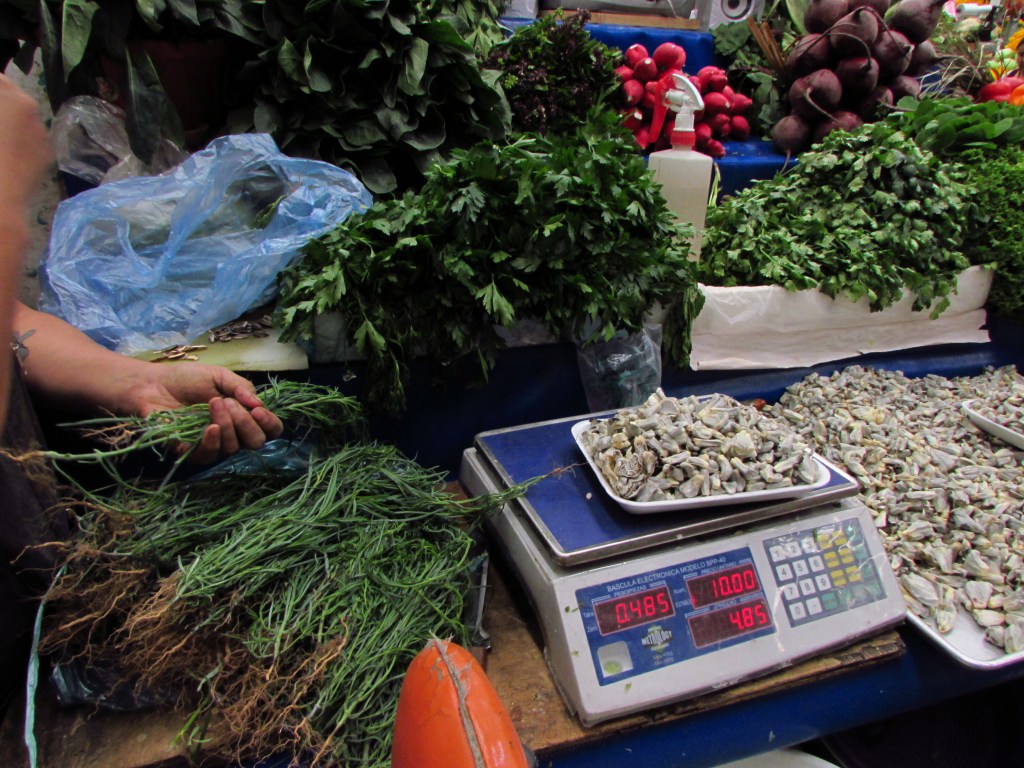
Hortafami also supplies chepiche/pipitza



Porophyllums come in two main varieties, broad leaved (Papalo, Quillquina, Tlapanche) and narrow leaved varieties (chepiche/pipitza/pipicha – there are others but this is the most common variety used). This species is particularly popular in Oaxaca.

Romero, which is the Mexican term for the Mediterranean herb Rosemary (1) can also be further confused by the quelite (2) Romeritos (3) which is native to México and is so named due to its superficial resemblance to Romero (Rosemary). Romero, along with Papalo is an example of one of the few indigenous Mexican herbs which is so popular amongst Mexicans that it is grown commercially. Pipitza (4) is a herb in the Porophyllum family and is a cousin to Papalo. Once you know the scent of each of these plants then you will never confuse them. Rosemary and the porophyllums have very distinct (and very different from each other) aromas.
- Rosmarinus officinalis (now Salvia rosmarinus : R.officinalis is now considered to be a synonym of S.rosmarinus) – a perennial woody herb which has culinary and medicinal uses. Native to the Mediterranean region (southern Europe, Asia Minor, and North Africa) its first recorded use was via cuneiform writing etched in clay tablets circa 5000BC (Ambrose 2016) and it has seen continuous use since then
- Quelites : Quilitl
- Suaeda torreyana. For more information on this quelite see Quelites : Romeritos
- Quelite : Chepiche/Pipicha : Porophyllum tagetoides and Pipitzcaquilitl : Porophyllum obtusifolium?


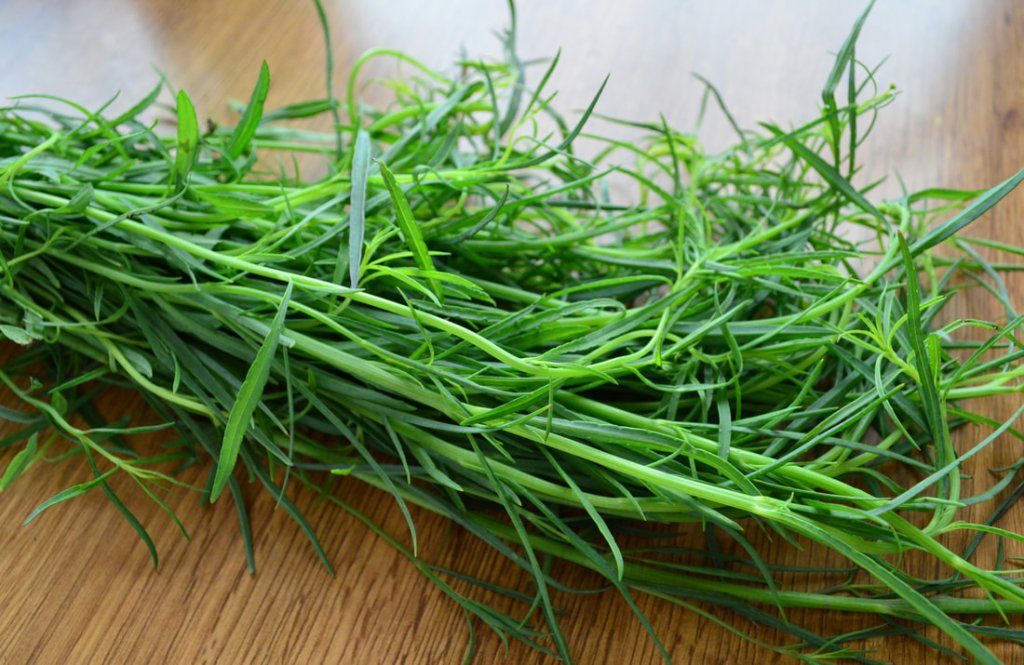

(Ref Romero A)
Romero

Please ignore the “Romaine” label in this image. Romaine is a type of bloody lettuce and I don’t know who messed this up. Talk to your staff.


Romeritos


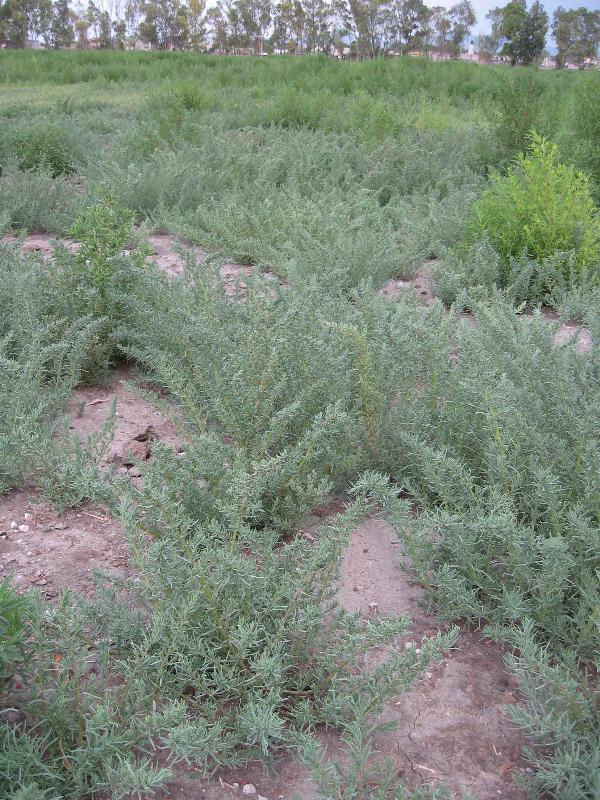
and sometimes romeritos is called romero (just to confuse the issue further)
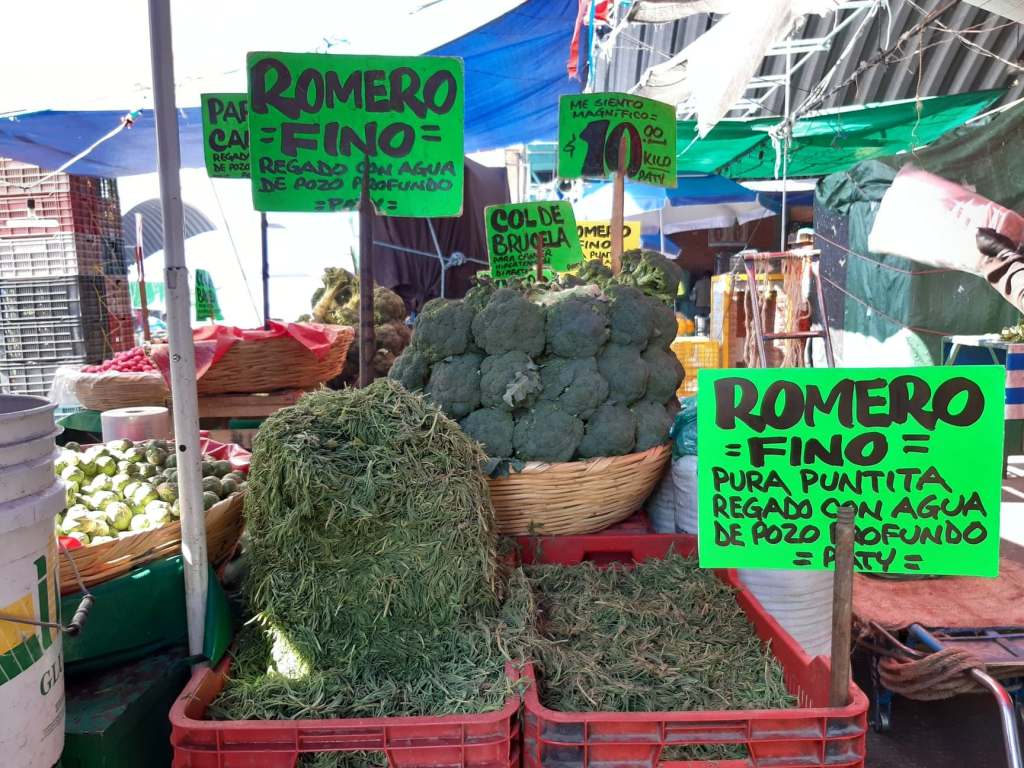
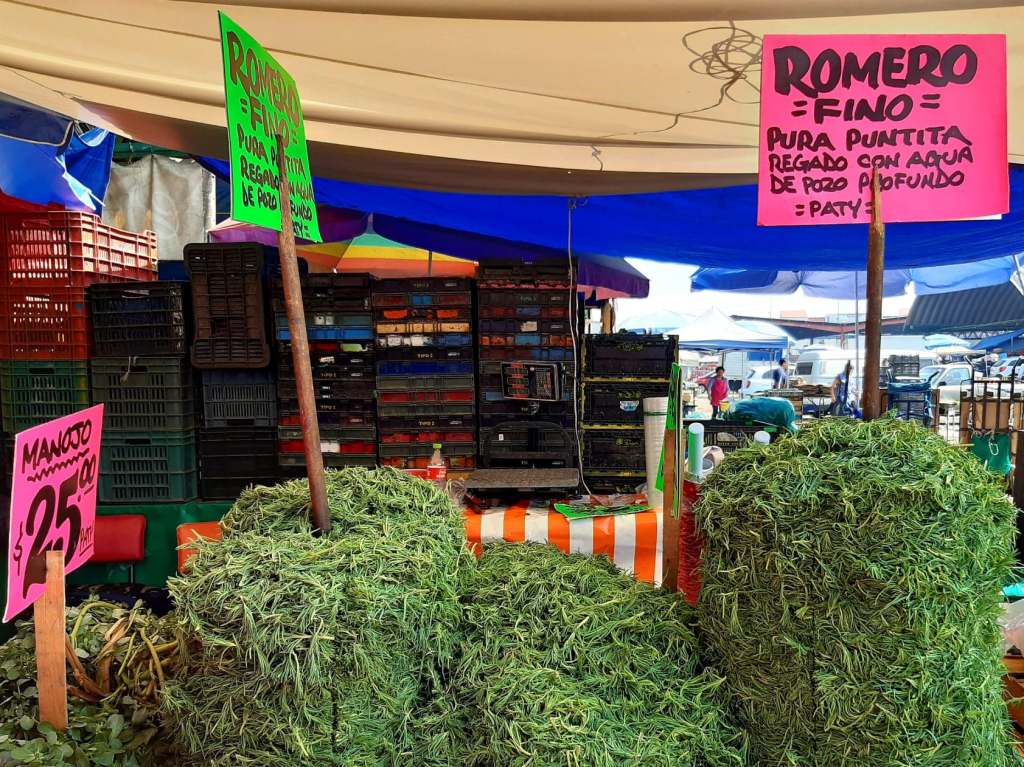
References
- Ambrose, Dawn C. P. (Editor) (2016). Leafy Medicinal Herbs : Botany Chemistry Post Harvest Technology and Uses. Boston MA: CABI.
- González-Amaro, Rosa & Martínez-Bernal, Angélica & Basurto, Francisco & Vibrans, Heike. (2009). Crop and non-crop productivity in a traditional maize agroecosystem of the highland of Mexico. Journal of ethnobiology and ethnomedicine. 5. 38. 10.1186/1746-4269-5-38.
Images
- 1A – LINBAR SUPER MERCADO “The original and best Latino Market in Nashville, TN” Nashville, TN, United States, Tennessee (via Facebook) : https://www.facebook.com/linbarsuper/photos/pb.100063613926647.-2207520000/1353419894799363/?type=3
- 2A – LINBAR SUPER MERCADO “The original and best Latino Market in Nashville, TN” Nashville, TN, United States, Tennessee (via Facebook) : https://www.facebook.com/linbarsuper/photos/pb.100063613926647.-2207520000/1341645319310154/?type=3
- 3A – LINBAR SUPER MERCADO “The original and best Latino Market in Nashville, TN” Nashville, TN, United States, Tennessee (via Facebook) : https://www.facebook.com/linbarsuper/photos/papalo-fresco/1103381936469828/
- Romero D : https://foodwise.org/articles/farmers-market-guide-to-fresh-herbs/
- Romero C : https://www.victoriananursery.co.uk/Rosemary-Plant—Common-Rosemary/
- Romero B : https://mexiconewsdaily.com/mexico-living/rosemary-wakes-up-cocktails-and-more/
- Romero A : https://wonderground.press/culture/money-mexico/
- Romero Pipitza : https://www.hortafami.com.mx/hierba-de-olor/101-toronjil.html
- Romeritos finos : Central de Abasto CDMX : https://twitter.com/CdeAbastoCDMX/status/1208164124900888576/photo/2
- Romeritos B : https://xn--seorteriyaki-bhb.com/romeritos/
- Romeritos A : https://noticieros.televisa.com/historia/papalo-verdolagas-huauzontle-romeritos-peligro-bajo-consumo/
- Puebla – Two types of pápalo at a wholesale market in Puebla. : https://worldcrops.org/crops/papalo
- Pipitza (scale) : https://www.facebook.com/photo/?fbid=1967445646617333&set=a.1352898138072090&locale=es_LA
- Pipitza in a Tlaxcala market : https://recomiendomexico.wordpress.com/2018/05/26/tlaxcala-guacamole-con-pipitza/
- Pipitza A : https://www.mexicanacomeplantas.com/muy-mexicanas-recetas/salsa-verde-con-pipitza
- Pipicha y papalo fresco : El Progreso Tienda y Carniceria : https://www.facebook.com/elprogresourbana/photos/a.571076449596118/1431672280203193/?type=3
- Papalos Guerrero : Guerrero Región De La Montaña : https://www.facebook.com/Celso.guevar/photos/a.258104311008996/931165457036208/?type=3
- Papalos : https://myheartofmexico.wordpress.com/2018/04/11/wonderful-mexican-market-foods-that-you-need-to-try/
- Papalo and Pipicha : Hidalgo Little Market (Livermore, United States, California) : https://www.facebook.com/photo/?fbid=2203078569706364&set=a.1148153211865577
- Papalo – Semillas Eterno : https://semillaseterno.com/tienda/semillas-para-hortalizas/semilla-papalo/
- Papalo – Hortyjardin : https://hortyjardin.com/products/semillas-de-papalo-sobre
- Papalo – Hortafami : https://www.hortafami.com.mx/hierba-de-olor/13-papalo.html
- Papalo – Happy Flower : https://www.chedraui.com.mx/semilla-happy-flower-papalo-3764761/p
- Papalo _ California specialty farms : https://www.californiaspecialtyfarms.com/foodservice/herbs/papalo/
- Papalo Acapulco : https://jimlongscolumns.blogspot.com/2014/02/papalo-herb-to-know.html
- Chepiche oaxaca : Oaxaca,Oaxaca.Oficial : https://www.facebook.com/photo/?fbid=564838020844015&set=a.254814098513077
- Chepiche : Oaxaca is eating : https://www.facebook.com/photo/?fbid=167106691661637&set=pcb.167106754994964
- Chepiche : Heart of the Mixteca : https://www.facebook.com/CorazondelaMixteca/photos/a.317236151694130/2436615713089486/?type=3

